The Orpington is a highly valued and versatile chicken breed, known for its large size, beautiful appearance, and friendly disposition. Originating in England in the late 19th century, Orpingtons were initially developed as dual-purpose birds, prized for both their meat production and reliable egg-laying capabilities. Over the years, they have become a favorite in backyard flocks and small-scale farms, thanks to their docile nature, impressive size, and consistent productivity.
Origins and History
The Orpington breed was developed by William Cook, a poultry breeder from England, around the 1880s. Cook sought to create a chicken that would excel in both meat production and egg-laying, ultimately producing a breed with a broad, deep body and a calm temperament. He crossed several existing breeds, including the Black Langshan, the Plymouth Rock, and the Minorca, to create the Orpington.
Named after the town of Orpington in Kent, England, the breed quickly gained popularity in the UK and around the world. It was first recognized by the American Poultry Association (APA) in 1902, and Orpingtons soon became a common sight in both commercial poultry operations and backyard flocks. Today, Orpingtons are available in several colors, including black, blue, and splash, with the black variety being the most widely known.
Physical Characteristics
Orpingtons are large, robust birds with a rounded, deep body that gives them a striking and imposing appearance. Adult hens typically weigh between 7 to 8 pounds, while roosters can reach up to 10 pounds or more, making them one of the heavier chicken breeds. Their broad, full bodies are complemented by a soft, dense plumage that is smooth to the touch, adding to their elegant look.
The Orpington’s feathers come in a variety of colors, with black being the most well-known, followed by blue and splash (a mixture of blue and white). Their plumage is often shiny and lustrous, particularly in the black variety, which has a deep, iridescent sheen. Their legs are relatively short and dark in color, while their comb is a simple single or rose variety, depending on the specific line.
Temperament and Behavior
Orpingtons are widely regarded for their calm, friendly, and affectionate nature. They are one of the most docile chicken breeds, making them ideal for families with children or for those new to raising poultry. They tend to be very sociable, often following their human caretakers around and enjoying gentle handling. Their friendly demeanor also extends to other chickens, and they generally get along well with other breeds in a mixed flock.
Despite their large size, Orpingtons are not aggressive and are relatively quiet compared to other breeds. Their gentle nature means that they are easy to handle, making them a popular choice for people who want a low-maintenance bird that is easy to care for. Additionally, their calm temperament makes them excellent for free-range farming, as they tend to stay close to home and are not prone to wandering off.
Egg Production
Orpingtons are reliable layers of medium to large brown eggs. While they may not lay as many eggs as some of the more prolific egg-laying breeds, Orpingtons provide a steady supply throughout the year, typically producing around 200 to 250 eggs annually. Their eggs are known for their rich, creamy color and excellent taste.
Although Orpingtons are not considered the highest producers of eggs in terms of quantity, their consistency and the quality of the eggs they lay make them a valuable addition to any flock. Furthermore, they tend to lay well during the colder months, thanks to their hardy nature and thick plumage, which helps them tolerate chilly weather conditions.
Meat Production
In addition to their egg-laying abilities, Orpingtons are prized for their meat quality. They are large birds with a full, broad breast and a well-muscled body, which makes them ideal for meat production. The meat from an Orpington is tender, flavorful, and often considered superior to that of some of the smaller commercial breeds.
While they grow at a moderate pace and may not reach their full market weight as quickly as some specialized meat breeds, their size and quality make them a good choice for home processing or for those seeking a more traditional, slower-growing meat bird. Many small-scale farmers and homesteaders raise Orpingtons for both eggs and meat, taking advantage of their dual-purpose nature.
Hardiness and Adaptability
Orpingtons are known for their hardiness and ability to adapt to a variety of climates. Their dense plumage provides some protection from the cold, making them a good choice for colder regions. Their calm temperament also helps them handle confinement in coops during winter months, where they will continue to lay eggs consistently.
While they are hardy in colder temperatures, Orpingtons also do well in warmer climates, as long as they have access to plenty of shade and fresh water. Their thick plumage, however, can make them more susceptible to heat stress during hot summers, so it is important to ensure they are kept cool and comfortable in warmer weather.
Orpingtons as Show Birds
Orpingtons are also popular in poultry shows due to their beautiful plumage and large, well-formed bodies. The breed is often admired for its balance of utility and appearance, and Orpingtons have been consistently successful in competitive exhibitions. Whether bred for show or utility, Orpingtons’ graceful look and reliable productivity make them a popular choice for poultry enthusiasts.
Conclusion
The Orpington is a classic dual-purpose breed, offering both exceptional egg production and high-quality meat, making it a versatile choice for backyard flocks and small farms. Its large size, gentle temperament, and attractive appearance make it an enjoyable breed to raise. Whether you’re looking for a reliable layer, a flavorful meat bird, or a calm, friendly companion, the Orpington is sure to be a valuable and beautiful addition to any poultry collection. Their adaptability, hardiness, and overall good nature continue to make them one of the most beloved chicken breeds worldwide.


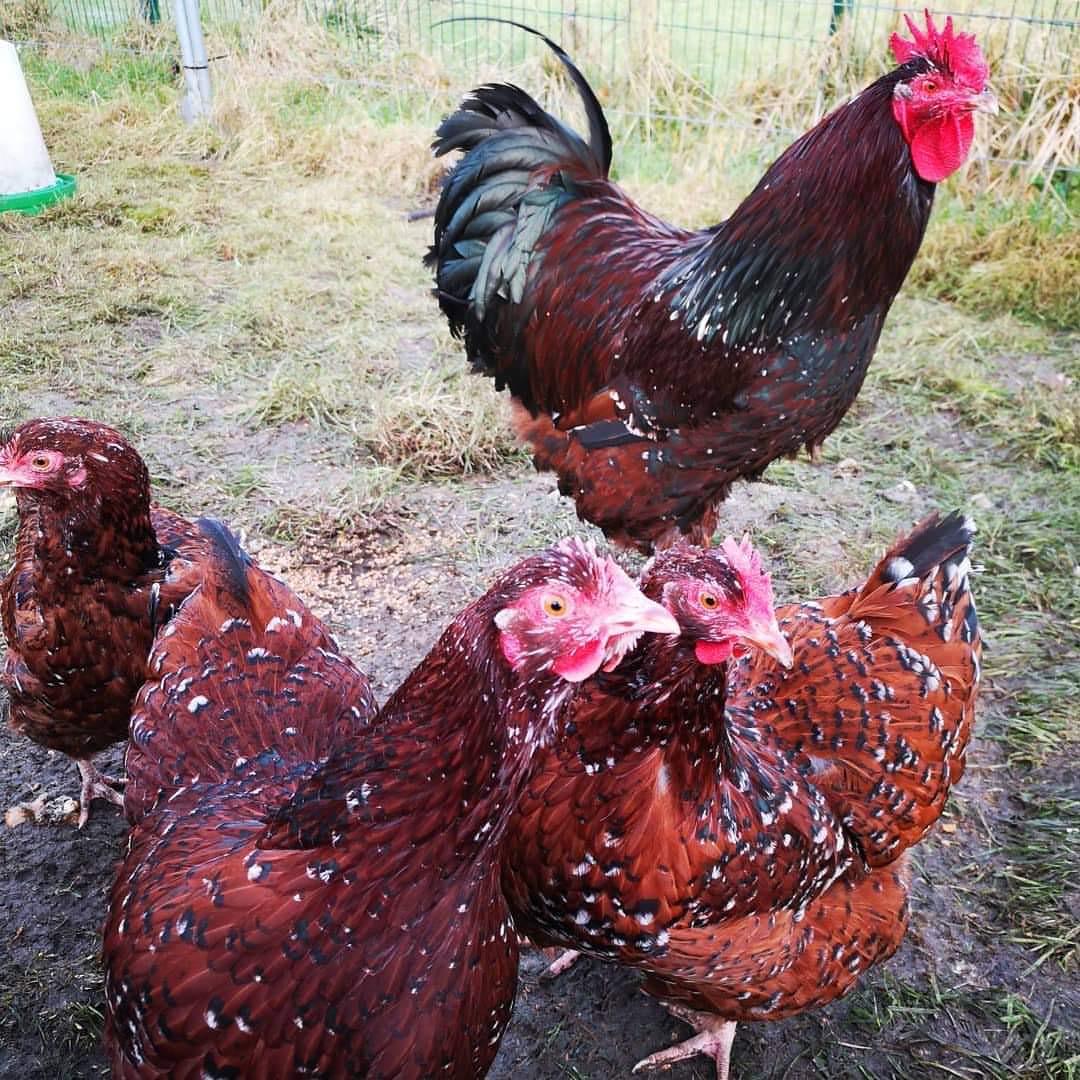
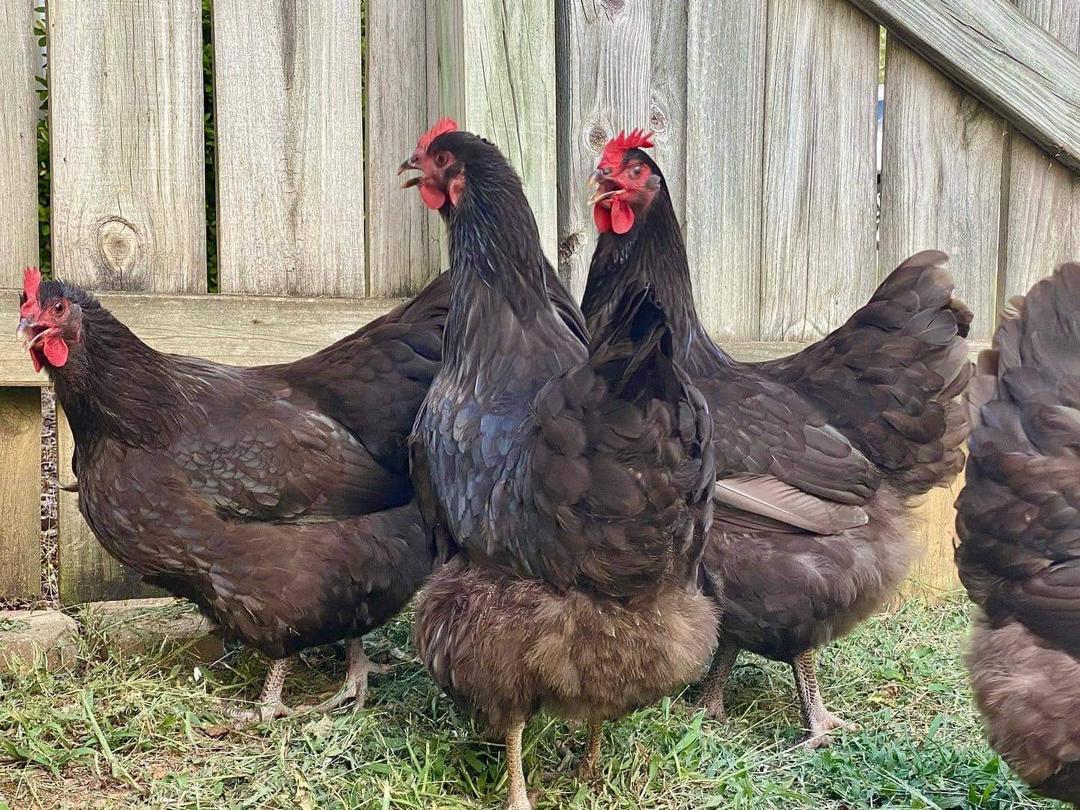
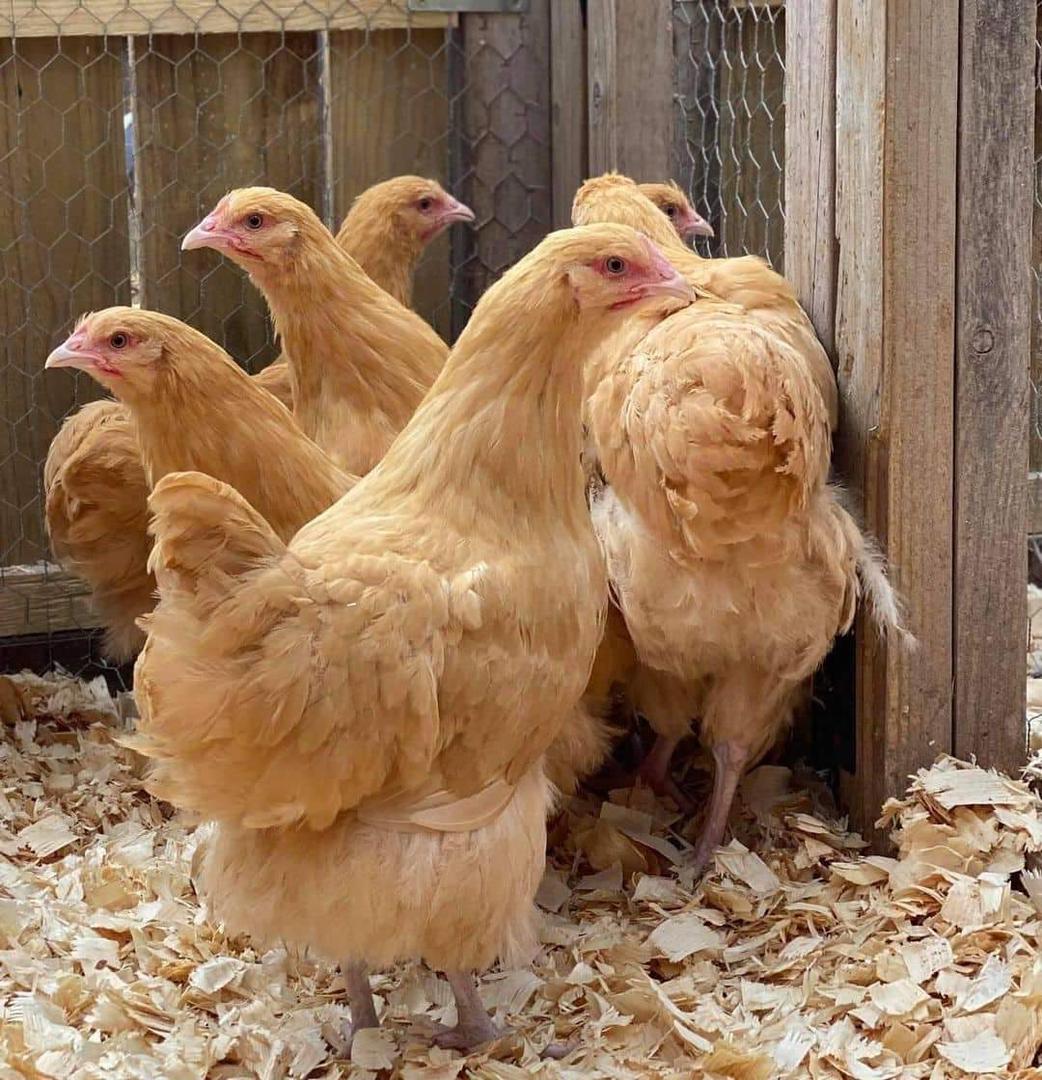
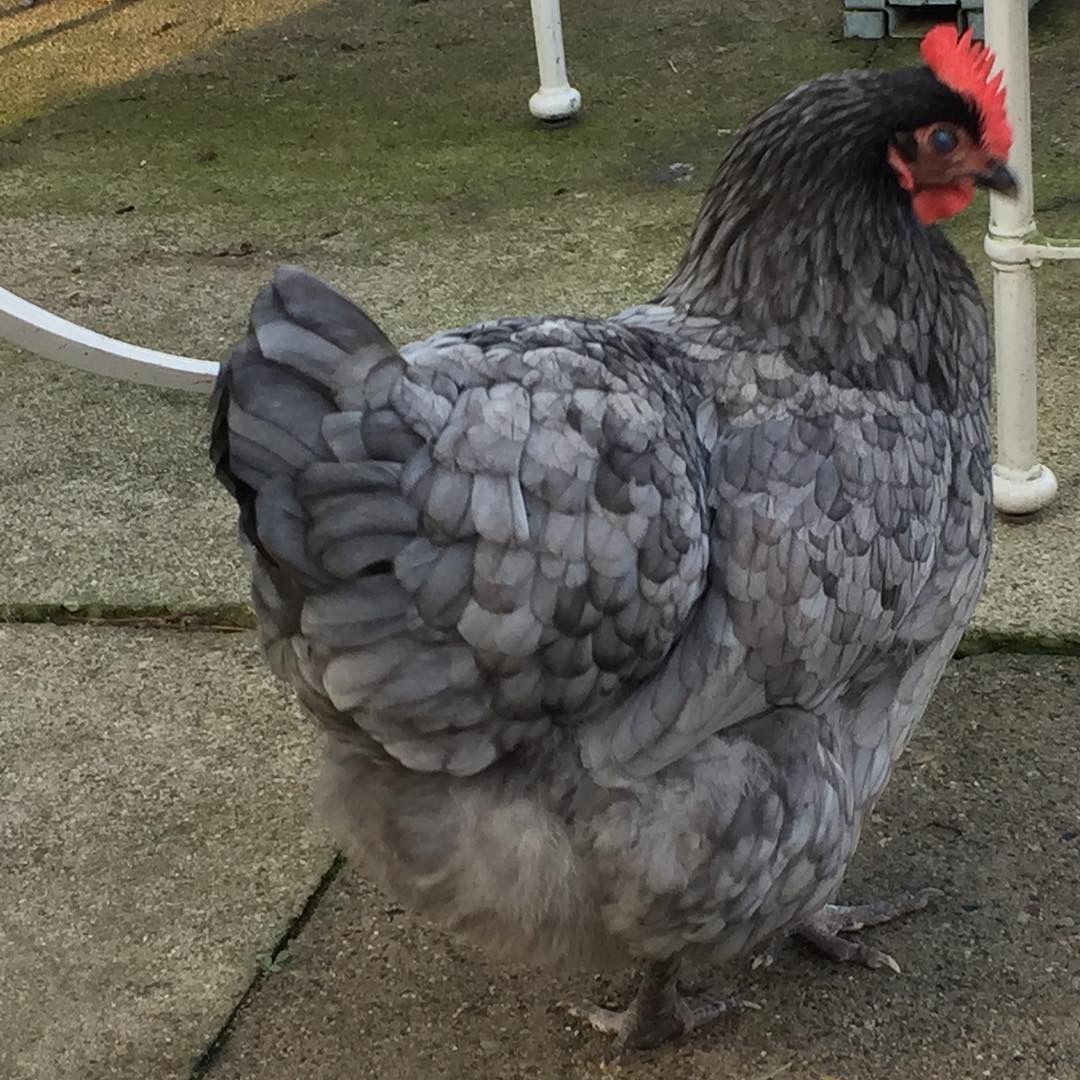
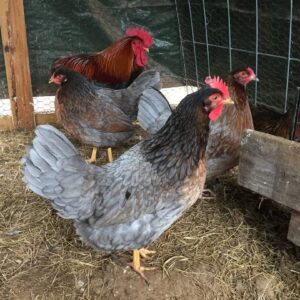
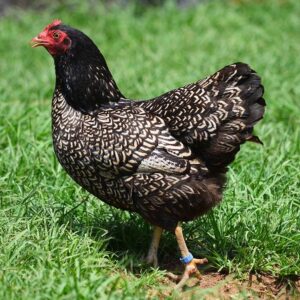


Reviews
There are no reviews yet.